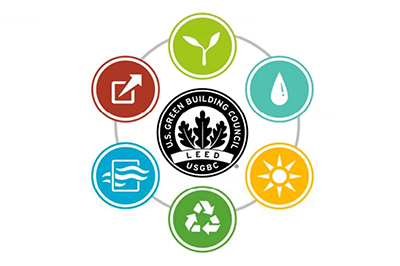Sustainability Extra Features
Sustainability Extra Features
LEED & Sustainability
LEED standards and green buildings criteria in school buildings.
From the supporting literature (linked), for having a green school buildings;
1. Installing bike racks for the building and providing a shower room
2. Providing shade or putting cover under a minimum 75% of the parking spaces
3. Using low flow fixtures to help reduce water consumption.
4. Participate in Enhanced Commissioning and demand response programs to minimize energy and water consumption.
Sustainability & Healthy Learning Enviornment (S.HLE)
The influence of sustainability practices and maintenance on providing a healthy learning environment.
From the supporting literature (linked),
1. There are positive impacts of sustainable design, which is beneficial for design professionals, school administrators, and policy makers.
2. Green school buildings are associated with a healthy learning environment. The key areas of consideration in determining green schools are; air quality and circulation, lighting (optimized natural light), acoustic comfort, habitat protection, and improved thermal comfort.
References
1. Afkhamiaghdam, M., Keesee, M., and Holiday, L. (2017). “Unintentional Sustainability in Schools- A Case Study of a Newly Built School’s Accordance with the LEED Rating System.” AEIOklahoma City, OK, 1078-1090.
2. Danis, J., & Thurnquist, A. (2011). Lighting Demands in Green Schools. American School & University, 83(9), 36-39.
3. Gorey, A. (1999). School Science Laboratories: Planning for Sustainability.
4. Ketchum, D. L. (2015). Creating Healthy Schools: Identifying the Positive Impacts of Practicing Sustainable Interior Design in Education Facilities.
5. Tanner, C. K. (2014). Green School Characteristics, Sustainability, and Student Learning. Marketing the Green School: Form, Function, and the Future: Form, Function, and the Future, 25.






